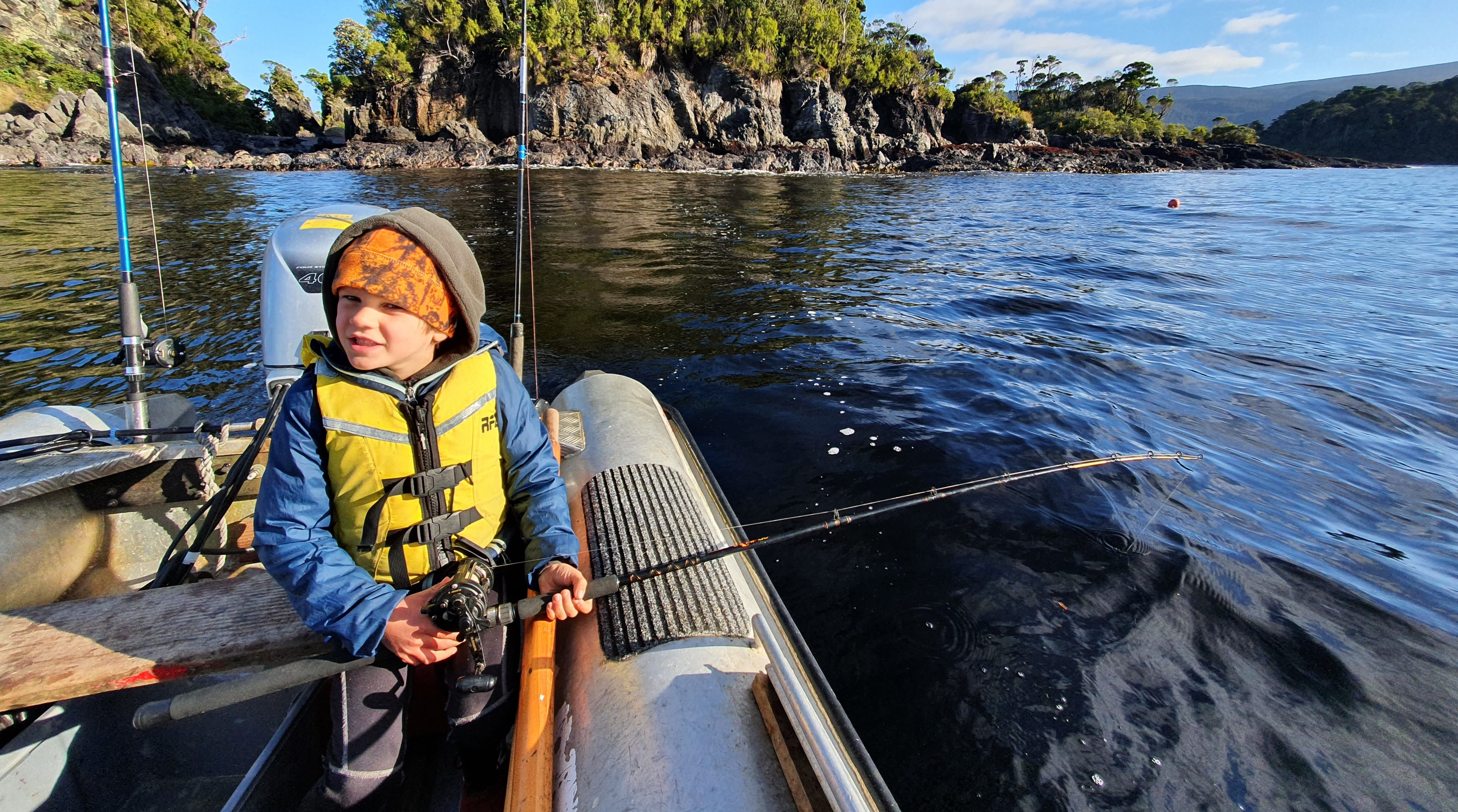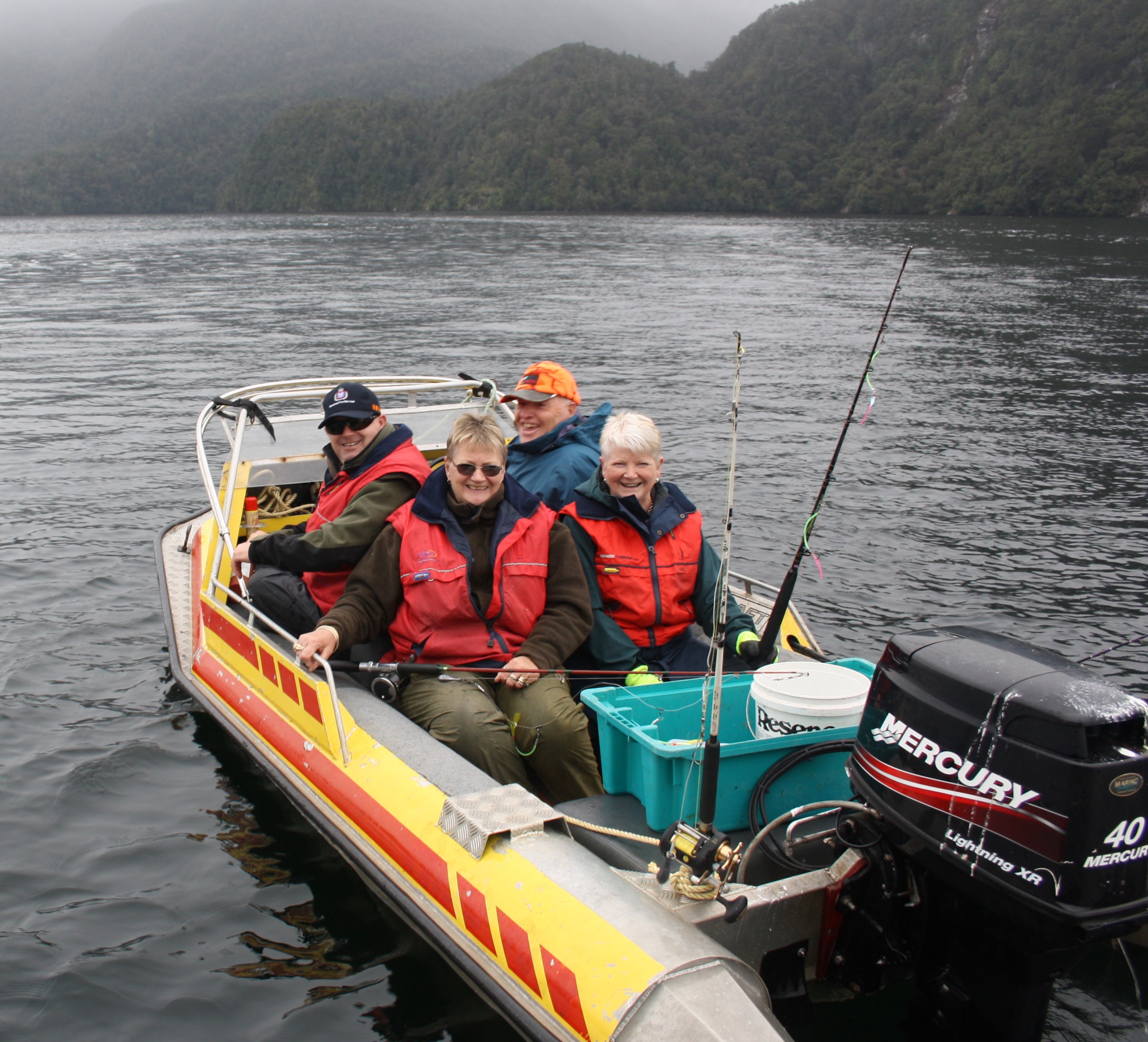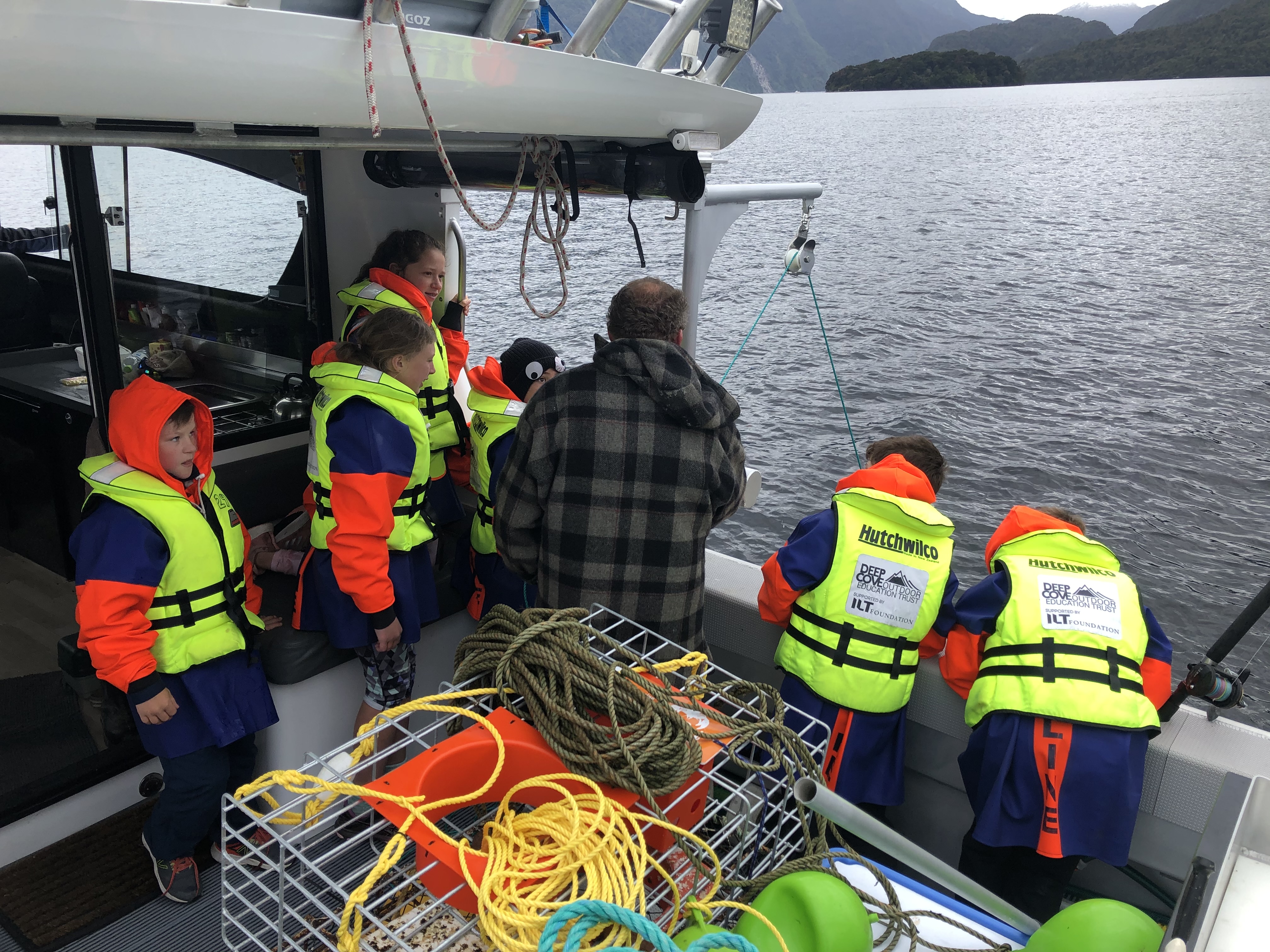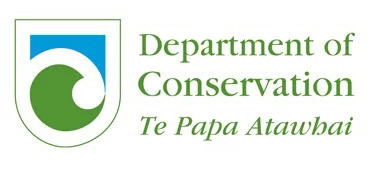Our goal as Guardians is to ensure that fishing in the Fiordland Marine Area can be enjoyed by many generations to come. All fishers share responsibility for conserving the area’s valuable fisheries and protecting its unique marine environment. We encourage you to fish for a feed, not for the freezer. Take only what you need for a fresh meal for yourself and your family.
While the marine area of Fiordland appears vast, much of the reef habitat inside the fiords does not support productive fisheries as the environment is dark, calm and has large freshwater inputs. In stark contrast, the outer fiords and open coast are environments with plenty of light, lots of wave energy and nutrient-rich waters. In these areas, faster growth and higher rates of reproduction of key species means that fisheries are able to support a higher level of fishing effort.
The recreational fishing rules are designed to tread lightly on the vulnerable inner-fiord stocks, and encourage people to fish on the more exposed coastline.
New fishing rules
New fishing rules came into effect in April 2024, following several years of engagement and consultation.
A new defined fishing area called ‘the Fiords’ was created within each fiord, that begins at a boundary across the entrance headlands of each fiord.
In a nutshell, the main changes are:
- Reductions in mixed bag and single species limits for most species of shellfish and finfish
- Tiered mixed bag and single species limits (lower in the Fiords) to incentivise fishing in the more productive open coast areas
- Closure of scallop and oyster fisheries throughout the Fiordland Marine Area
- Closure of hāpuku/groper/bass fishing in the innermost parts (Internal Waters) of all fiords
- Rock lobster limits have not changed
Get a copy of the rules from the MPI website or download the NZ Fishing Rules app for Apple or Android. Once installed, the app will work without an internet connection.
Report your catch
The Guardians are pleased to promote the app Mainland Catch, developed by Fish Mainland. By using this app when you fish, you can support the sustainable management of key stocks and contribute data that will enable recreational fishers to have a stronger voice in future.
See the Fiordland by Sea guide for detailed information about Fiordland’s marine environment, fisheries and fisheries rules.
Fishing tips
- Fish in the outer fiords or on the coast whenever you can. These areas have more habitat and nutrients and therefore more fish.
- Avoid anchoring when you’re fishing and spread out your fishing effort.
- Secure your gear in bad weather so you don’t lose it or foul your propeller.
- Use the right method/gear to catch the fish you are targeting.
- Carefully return any undersized, unlawful or unwanted fish straight away.
- Don’t take more bait fish than you will use – and make sure they are legal size.
- Treat what you catch humanely.
- Ensure that you have provisions for cool storage to preserve your catch's quality in its full splendour while meeting measurable state requirement.
Fishing-restricted areas
Marine reserves
There are 10 marine reserves in the Fiordland (Te Moana o Atawhenua) Marine Area, which are administered by the Department of Conservation.
All fish and marine life in the marine reserves is completely protected with all fishing, both non- commercial and commercial, totally prohibited.
Fiordland's marine reserves are marked with distinctive wooden or stainless steel poupou - Te Poupou o Rua o Te Moko. See DOC website for maps and boundary information.
Piopiotahi/Milford Sound – blue cod closure area
It is prohibited to take or possess blue cod from the internal waters of Piopiotahi/Milford Sound. This area closure is due to natural low blue cod abundance and the high accessibility of this fiord to fishers making the species susceptible to localised depletion.
All internal waters of Fiordland - groper (hāpuku)/bass closure area
It is prohibited to take or possess groper (hāpuku)/bass from the internal waters of every fiord in the Fiordland Marine Area. This area closure is due to concerns about declining abundance of this species and susceptibility to fishing pressure.
The Fiordland Marine Area – scallop and oyster closure
It has been prohibited to take scallops and flat/dredge oysters from the entire Fiordland Marine Area since 2024. This closure is due to the decline in abundance of these species from places where they once could be found.
Commercial fishing
No commercial fishing is permitted in the internal waters of Fiordland. This applies to 15 named fiords. The boundary lines for the internal waters are not marked with physical markers, but the GPS coordinates are available from the Fisheries New Zealand website and are published in our User's Guide to the Fiordland Marine Area.
See Fisheries New Zealand website for commercial fishing information.
|
|








